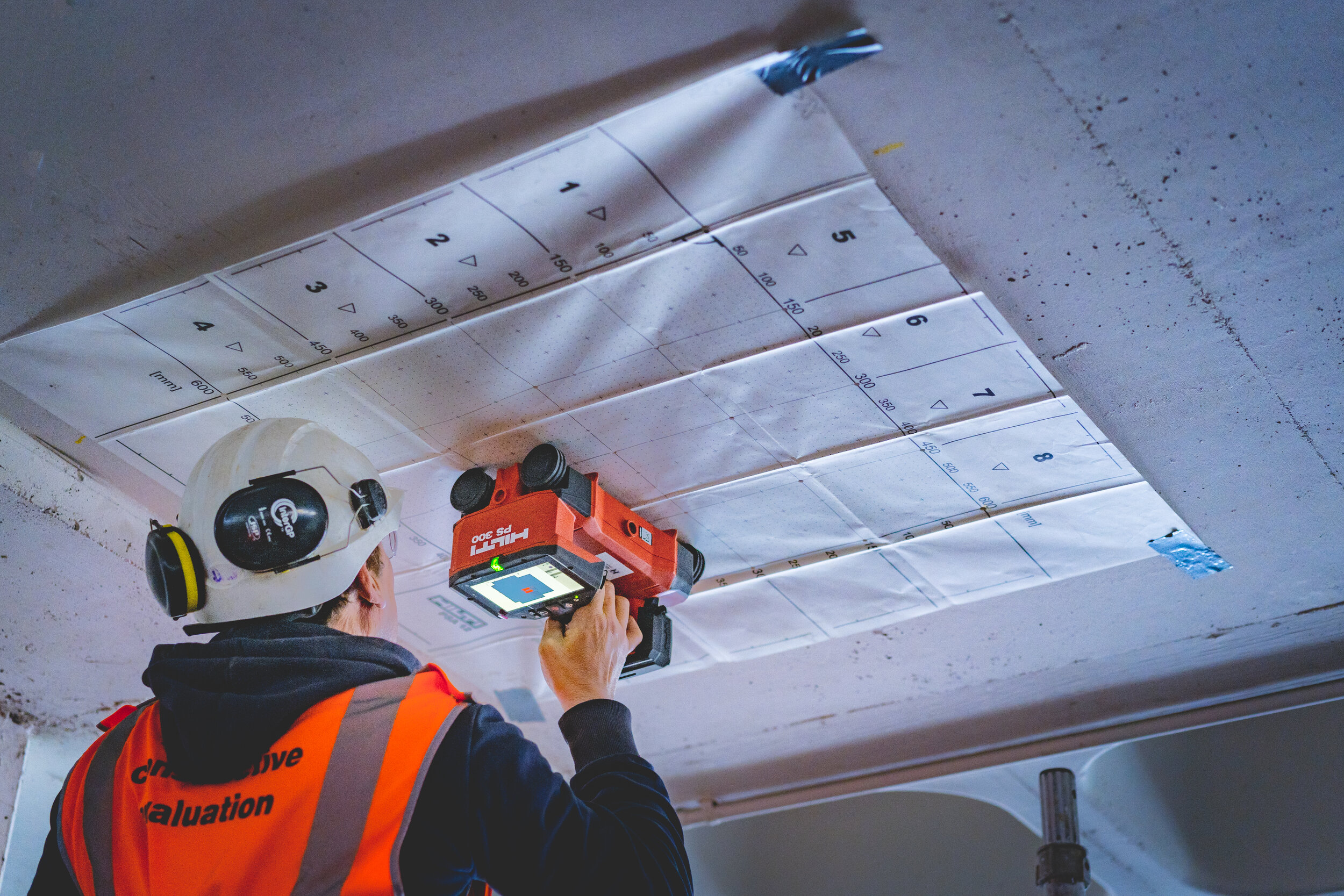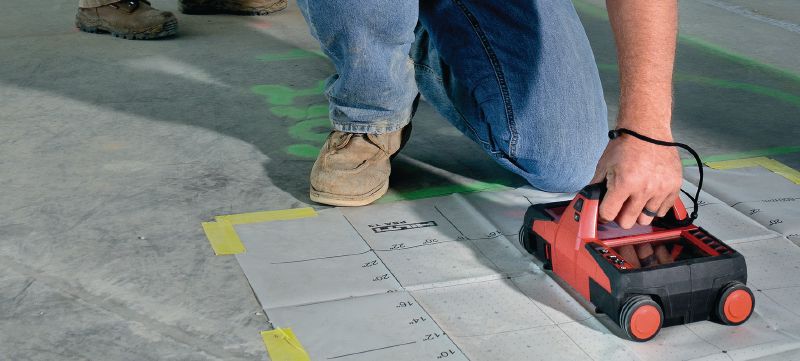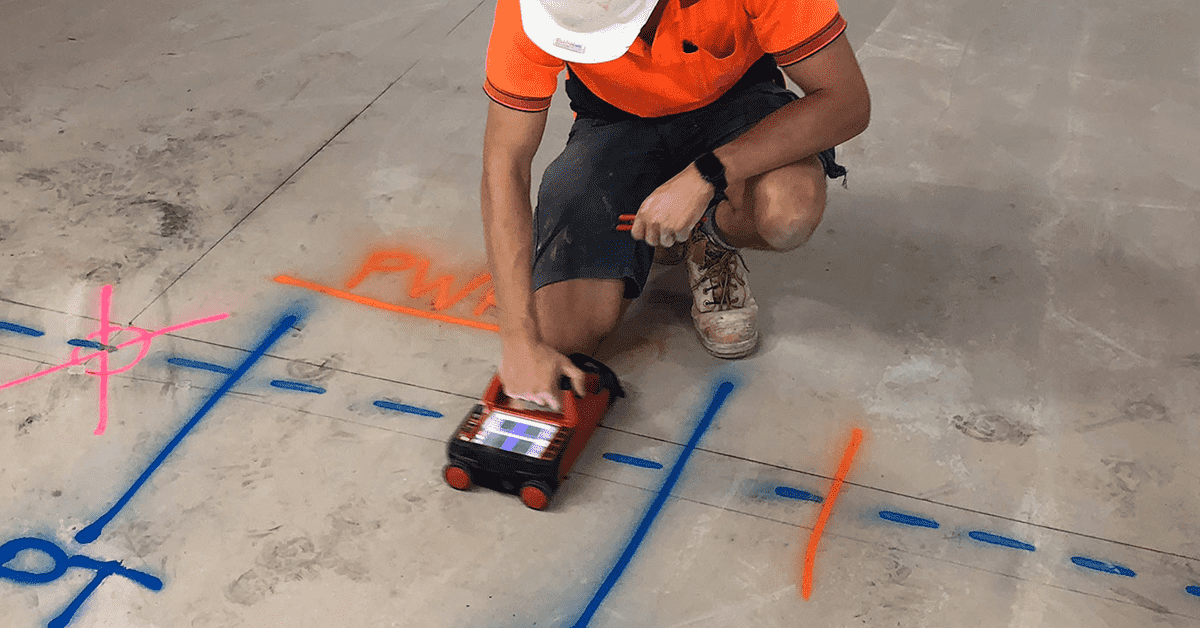RainierGPR Service Areas: Comprehensive Protection for Concrete Scanning
RainierGPR Service Areas: Comprehensive Protection for Concrete Scanning
Blog Article
Concrete Scanning: An Essential Step Towards Guaranteeing Architectural Stability and Safety
In the realm of building and framework maintenance, the value of concrete scanning can not be overstated. By using advanced innovation and methodologies, concrete scanning offers as a critical tool in making certain that the stability and safety and security of buildings and bridges are supported to the highest possible standards.
Value of Concrete Scanning
Concrete scanning plays an important duty in ensuring the structural stability and safety and security of buildings and facilities tasks. By using advanced technologies such as ground-penetrating radar (GPR) and electromagnetic induction, specialists can non-destructively inspect concrete frameworks to find prospective problems, spaces, embedded items, and support layout. This process makes it possible for early discovery of abnormalities that might compromise the stability of a structure, avoiding expensive problems and making certain the safety of owners.
Concrete scanning is specifically important during the planning and building phases of a job. Before drilling, cutting, or coring into concrete, scanning helps identify the precise locations of rebar, post-tension cables, and various other ingrained components, reducing the threat of unintended hits that can bring about architectural weaknesses. Additionally, concrete scanning aids in quality assurance by validating the density of concrete covers and identifying any kind of inconsistencies that may affect the overall durability of the framework. Eventually, purchasing concrete scanning services is not just a positive step to mitigate threats yet likewise a fundamental action towards keeping the long-term safety and security and security of buildings and framework.
Modern Technology for Concrete Assessment

Advantages of Very Early Discovery
Prompt discovery of architectural concerns can dramatically minimize threats and ensure the longevity of building and construction tasks. By recognizing possible problems beforehand in the construction procedure, stakeholders can take positive measures to deal with issues before they escalate right into bigger and more costly issues. One of the key benefits of early detection is the avoidance of structural failings, which can present severe security threats and lead to task hold-ups and economic losses.
In addition, very early discovery enables for prompt repair services and upkeep, which can assist extend the life-span of the framework. By dealing with concerns immediately, building and construction teams can avoid expensive repair services and even the need for premature substitute of architectural parts. This proactive technique not just saves money and time yet also enhances the overall security and resilience of the construction task.
Furthermore, very early discovery can boost task planning and decision-making by giving stakeholders with beneficial understandings into the condition of the framework. Armed with this details, task managers can make informed options concerning building products, timelines, and approaches, leading to a lot more successful and efficient project results.
Making Certain Architectural Security
Making certain the architectural stability of a building task is extremely important to its security and long life. Architectural stability refers to the capability of a structure or infrastructure to preserve its type and feature under various loads and environmental conditions. To attain this, comprehensive analysis and surveillance of the framework are important. Concrete scanning plays a vital duty in making certain architectural security by detecting potential issues such as voids, delamination, or reinforcement corrosion that could read compromise the integrity of the structure over time.
By making use of innovative scanning innovations like ground-penetrating radar (GPR) and electromagnetic induction, construction professionals can non-invasively evaluate concrete frameworks to determine areas of problem underneath the surface. This proactive strategy enables the early discovery of weak points or flaws, enabling punctual repair services or reinforcement to stop structural failures.
Routine concrete scanning during various construction stages and throughout the life cycle of a framework can assist maintain its security, alleviate risks, and ensure the safety of owners. By prioritizing architectural stability via concrete scanning, building tasks can improve their strength and sturdiness, ultimately adding to better security and long life.
Avoiding Essential Failures
Implementing routine evaluations, such as concrete scanning, can expose concealed issues like gaps, splits, or deterioration that can compromise the integrity of a framework. By utilizing advanced scanning technologies like Ground Penetrating Radar (GPR) or Concrete X-ray, click to find out more designers can non-destructively analyze the problem of concrete and recognize weak factors that call for support or fixing.

Final Thought
Finally, concrete scanning plays an important function in making sure structural integrity and safety by utilizing innovative RainierGPR Service Areas modern technology for very early detection of potential concerns. This aggressive approach aids prevent crucial failures and guarantees the stability of structures. It is important to prioritize concrete inspection as a standard technique to secure the durability and safety of structures and facilities.
Concrete scanning plays an important function in guaranteeing the structural stability and safety of structures and facilities projects. Furthermore, concrete scanning aids in top quality control by verifying the density of concrete covers and discovering any disparities that may influence the overall durability of the framework. Concrete scanning plays an essential duty in guaranteeing architectural stability by discovering possible problems such as gaps, delamination, or reinforcement rust that could jeopardize the honesty of the structure over time.

In conclusion, concrete scanning plays a critical duty in making certain architectural stability and safety by utilizing innovative innovation for early detection of possible problems.
Report this page